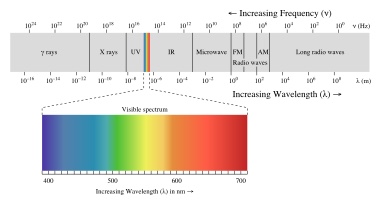Brains
Bodies
Tribes

Brains
Bodies
Tribes
Excited About
The Culture Code (30 Jan 2018) by Dan Coyle
Recommended
Creativity Inc by Ed Catmull
The Undoing Project by Michael Lewis
Team of Teams by Stanley McChrystal
The Talent Code by Dan Coyle
Never Split the Difference by Chris Voss
Tsundoku
Top 3 Resources:
Creativity, Inc. by Ed Catmull
Team of Teams by Gen(ret) McChrystal
Never Split the Difference by Chris Voss
The report:
http://circ.ahajournals.org/content/129/25_suppl_2/S76.full
The recommendations for fat:
” ”
” ”
The claim:
The Evidence Cited:
ES 11:
ES 12:
The focus of the evidence review:
Study design for clinical trials and meta-analysis of clinical trials (analysis of combined results from multiple trials).
The assumption:
Reducing LDL-C will reduce the risk of cardiovascular disease.
What isn’t discussed in the review:
Risk associated with the medical intervention. Specifically, risk from consumption of excess linoleic acid.

“Everyone is a genius. But if you judge a fish by its ability to climb a tree, it will live its whole life believing that it is stupid.”
Awareness is similar to the visual spectrum. There are things above the spectrum which go over our heads and we’re not aware of. There are also things which we assume everyone knows that we dismiss and don’t pay attention to.
The difference between the visual spectrum and the spectrum of awareness is that the majority of people share relatively the same visual spectrum but we all have significantly different spectrums of awareness.
The visual spectrum is a very small portion of the electromagnetic spectrum. There is a lot we can’t see.
Our spectrums are different for different subjects and fields. If you ask a fish to climb a tree it will fail. If you ask a fish to breath under water it won’t understand why you’re wasting it’s time.
In the 1st Enlightenment, the “age of reason”, opened up the exploration of “why?”. The idea of the 1st Enlightenment was that through study you could figure out how things work and make them better.
In the 2nd Enlightenment we’re finding out our brains aren’t as rational or reasoned as we thought they were. We’re coming to the realization that emotions play a much bigger role in shaping our perception, understanding and decisions.
References
The Undoing Project by Michael Lewis
Win Bigly by Scott Adams
Are we rational?
Win Bigly by Scott Adams
Never Split The Difference by Chris Voss
The Tipping Point by Malcolm Gladwell
The Undoing Project by Michael Lewis
Behave by Robert Sapolsky
Questions
Conclusions
References
On Writing by Stephen King
War of Art by Steve Pressfield
Where is the risk with choosing food?
What should I eat?
What are my goals?
How much effort am I willing to put into my food?
Where will I be eating?
What should I eat? Building Meals.
How much should I eat?
How do I store less fat and make sure I store it in the right places?
References
Perfect Health Diet by Paul and Shou-Ching Jaminet
Not by Bread Alone by Vilhjamur Stefannson
CDC Data on Refugee Nutrient Deficiencies